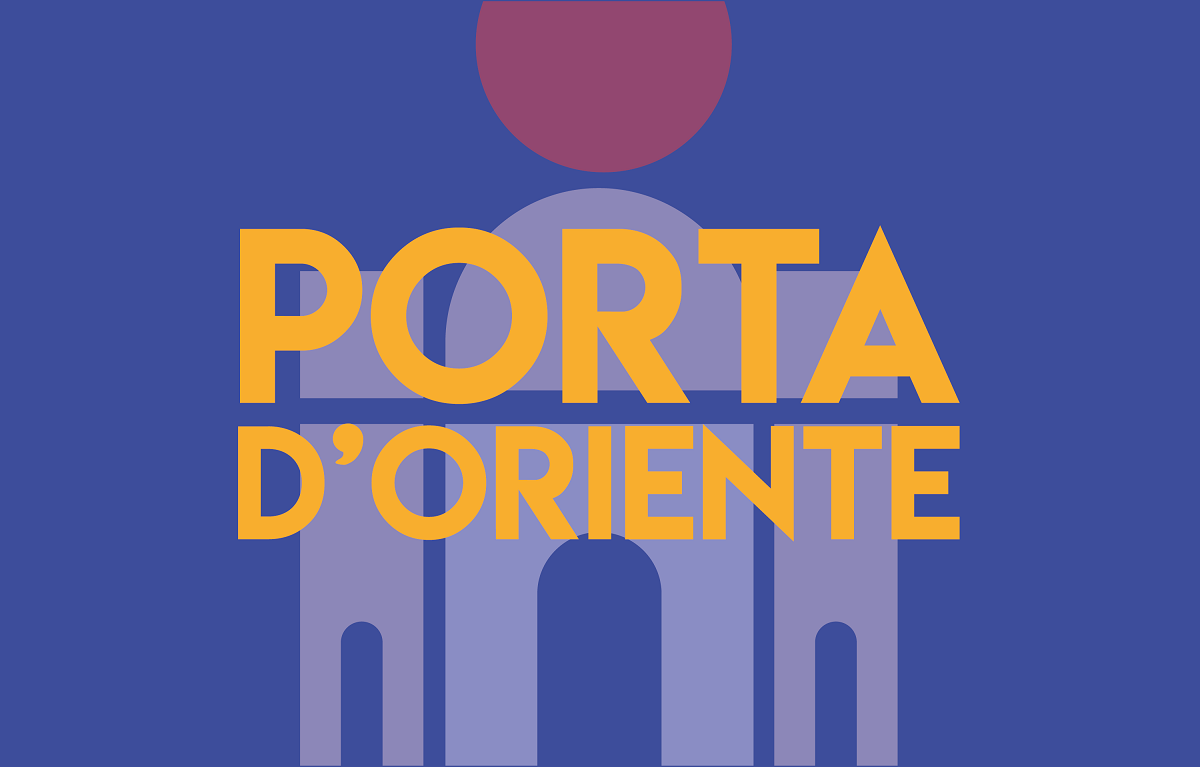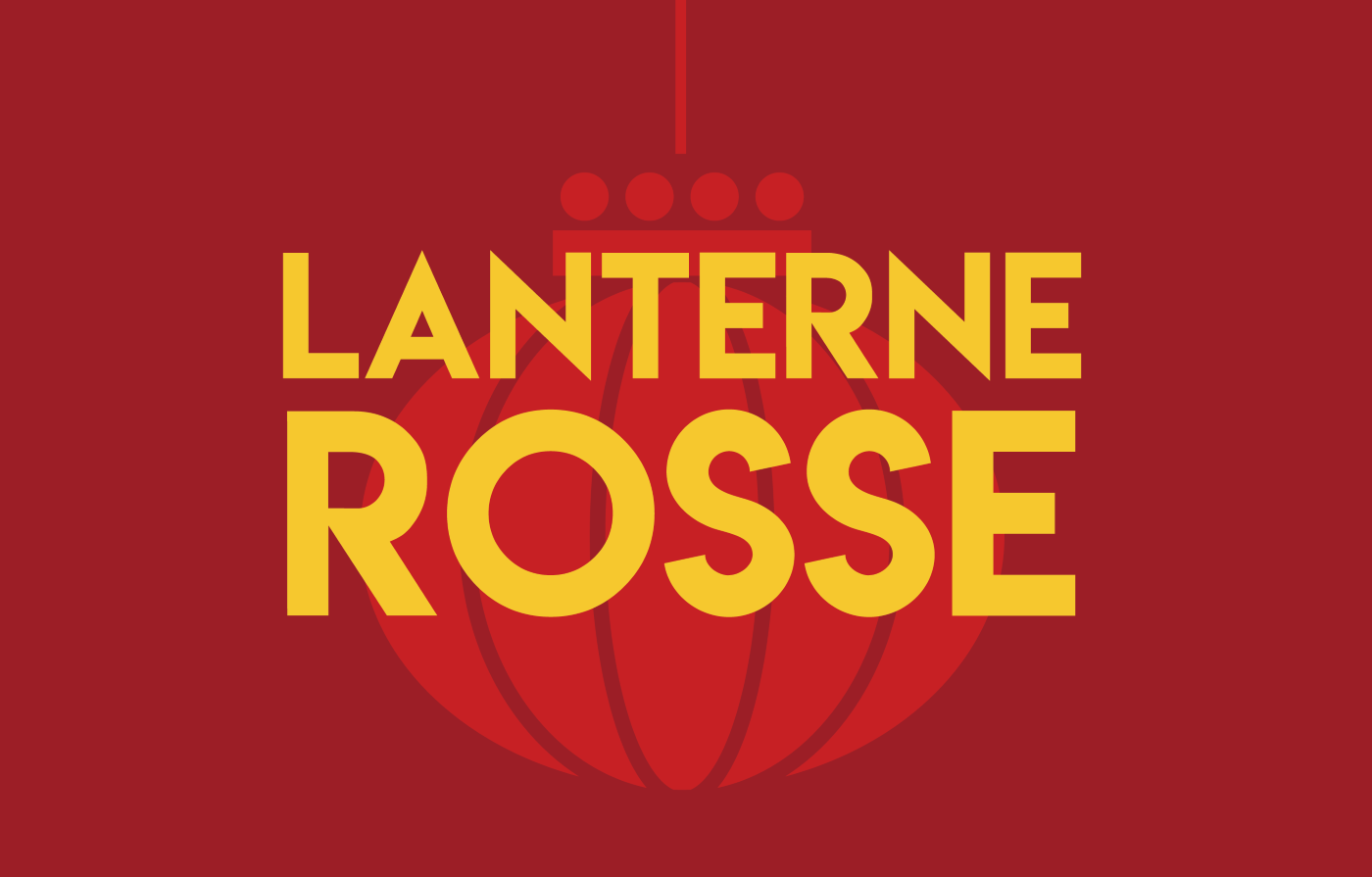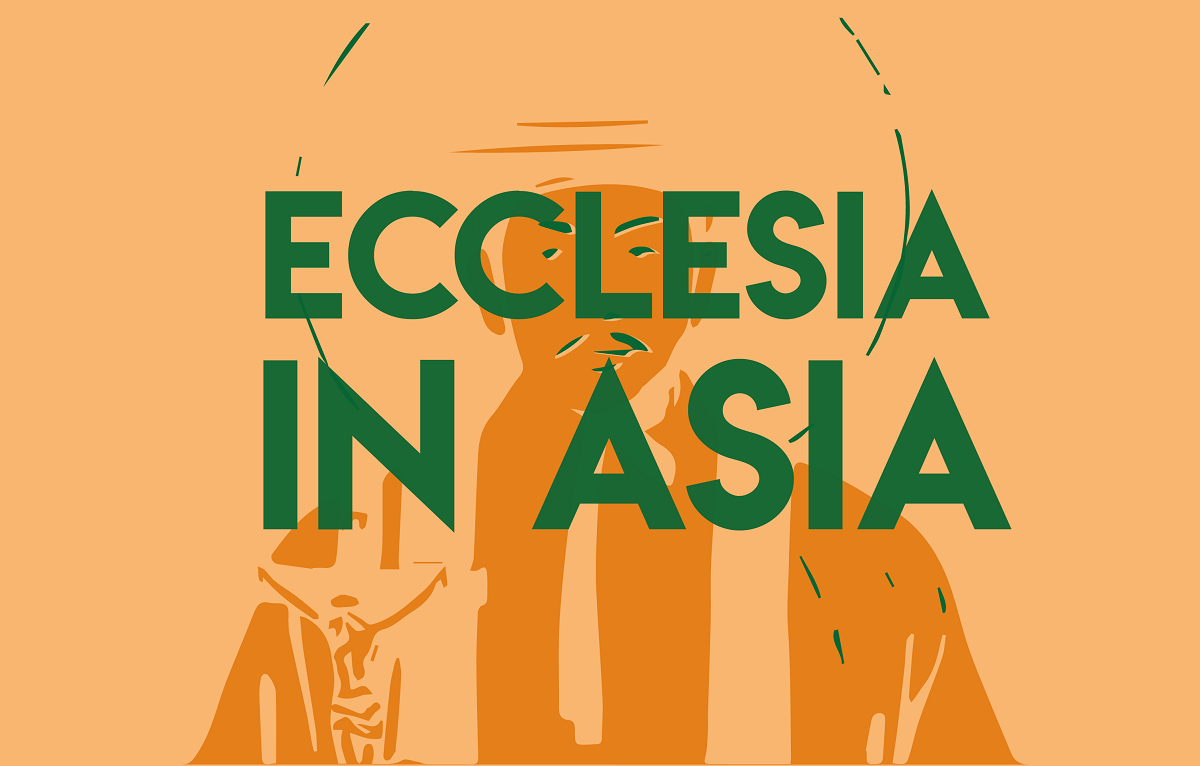A group of Vietnamese monks on a mission in the heart of Europe
Ho Chi Minh City ( AsiaNews / EDA ) - A group of Cistercian monks from Vietnam are restoring Nothgottes monastery to its former glory. The monastery is situated in the Rhine valley, on the grounds of the diocese of Limburg (Germany). In September last, eight Asian religious from the convent of Don Duong, about 20 km from Dalat, central Vietnam, left their country of origin to move to this historic place of retreat and prayer in the heart of Europe. At the invitation of the German diocese in the coming weeks they will be joined by eight other monks who will enrich the fledgling community.
The buildings of the new monastery are located in Nothgottes, a centuries old pilgrimage destination in the Rhine Valley, a region included in 2002 on the World Heritage list by UNESCO experts. The first chapel was built in 1390 by some local lords, to commemorate an extraordinary event: the discovery by a farmer of a statue of Christ in the Garden of Olives, which sweat blood.
In the 15th century the small chapel was enlarged, becoming a church that could accommodate pilgrims, who flocked to the site. Between 1620 and 1622 a community of Capuchin monks founded a monastery, which enjoyed fame and glory until the early 1800s. It reopened in 1930, but was abandoned for a second time in 1951 and ownership and care handed over to the local diocese. For decades, is used as a venue for retreats and welcome center, until the German diocese appealed to the Cistercians in Vietnam, a rapidly growing congregation and rich in vocations, asking them to take care of the property.
The monastery of Don Duong, from which the monks originate, is situated in the foothills of the Central Highlands of Vietnam and belongs to the Cistercian Congregation of the Holy Cross. The building was constructed in 1918 in a remote area of Quang Tri province, north of the Ben Hai River, which is used as a border between the North and the South of the country following the Geneva Accords of 1954. The monastery of Phuoc Son (Mountain of Joy in the local language ) was born on the initiative of the MEP missionary Fr. Henri Denis, the first abbot was Fr. Thaddée Lê Huu Tu, the future bishop of Phat Diêm.
In 1954 it welcomed more than 200 religious, most of whom fled to the south at the time of country's partition, leaving the property in a state of semi - abandonment. The crack down on religions, imposed by the communist government after the reunification in 1975 did not favor a revival of the monastery. Only in the 90s with the first, partial concessions in terms of worship, vocations began to flourish again, allowing the monastery of Don Duong to recall - again - dozens of worshipers ready to devote their lives to Christ.






.png)










